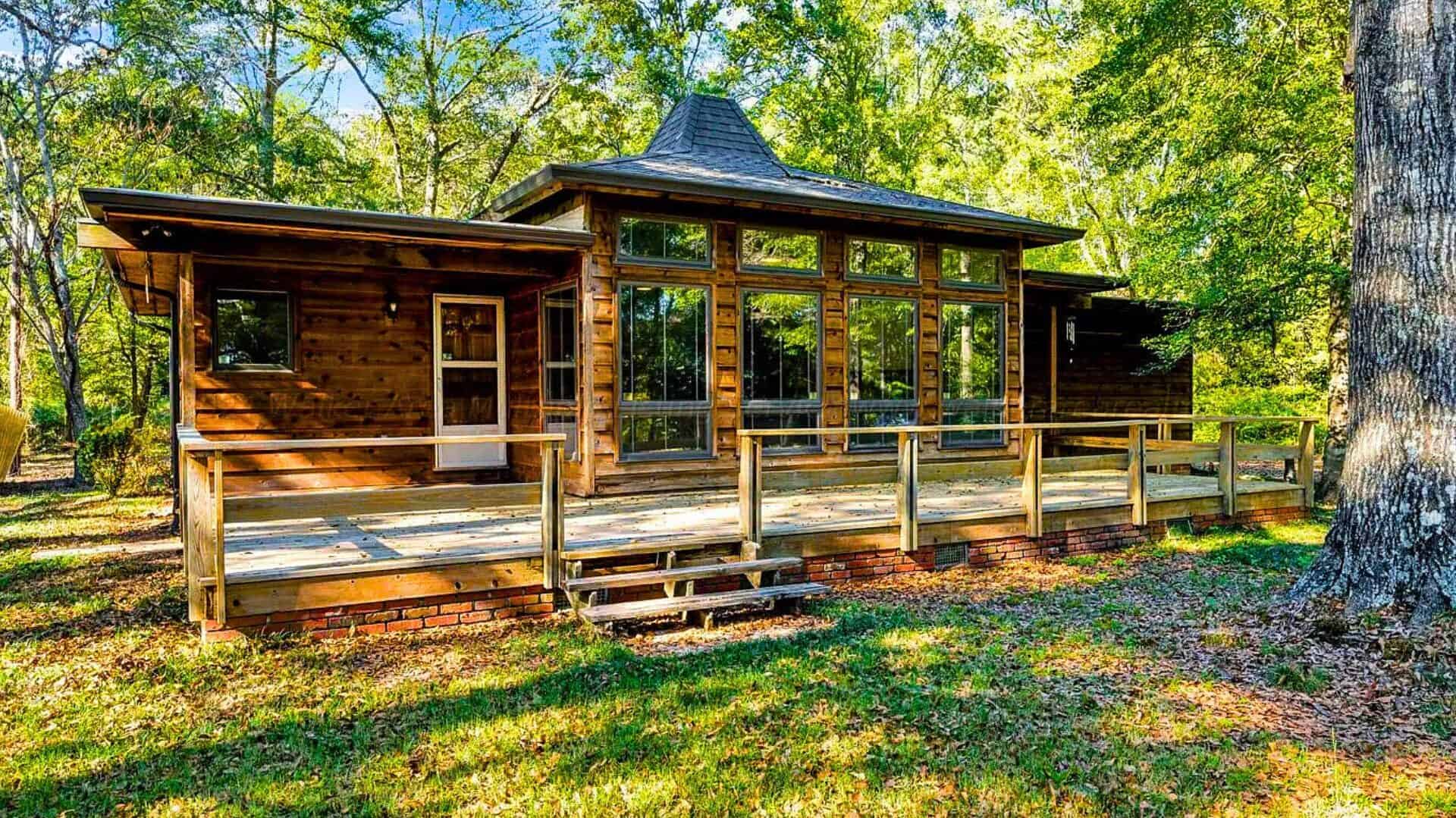
A Comprehensive History of Adger, Alabama
Introduction
Adger, Alabama, is a small unincorporated community in Jefferson County with a rich history shaped by agriculture, coal mining, and industrial development. From its early Native American inhabitants to its role in Alabama’s coal mining boom, Adger has experienced periods of prosperity, economic hardship, and transformation. This article explores the town’s origins, industrial growth, challenges, and its present-day identity.
Early History and Settlement
Before European settlers arrived, the area that would become Adger was inhabited by Native American tribes, primarily the Creek and Cherokee. These indigenous groups relied on the region’s forests, rivers, and fertile lands for hunting, fishing, and agriculture.
By the early 19th century, European settlers began migrating into the area. Attracted by its natural resources and farmland, they established small-scale farming communities. Agriculture was the dominant economic activity, with settlers cultivating cotton, corn, and vegetables while raising livestock for sustenance.
For several decades, Adger remained a quiet rural settlement, largely isolated from Alabama’s growing industrial centers. This began to change with the discovery and development of coal mining in the late 19th century.
The Rise of the Coal Mining Industry (Late 19th – Early 20th Century)
The most transformative period in Adger’s history came with the expansion of coal mining. Jefferson County was a prime location for coal extraction, and Adger became an important part of the industry.
Coal Mines and Railroad Expansion
- In the late 1800s, large mining companies, including the Tennessee Coal, Iron, and Railroad Company (TCI), recognized the potential of Adger’s coal deposits.
- Railroads were constructed to connect Adger to Birmingham and other industrial hubs, allowing for the efficient transportation of coal.
- The influx of mining companies led to the establishment of company-owned housing, bringing workers and their families to the town.
Growth of the Community
As mining operations expanded, Adger transformed into a bustling mining town.
- Schools were built to educate miners’ children.
- Churches and community centers became focal points of social life.
- Local businesses such as general stores, blacksmith shops, and saloons emerged to support the growing population.
For several decades, Adger thrived as a coal mining hub, contributing to Alabama’s industrial economy. However, like many other mining communities, it eventually faced economic downturns.
Economic Decline and Challenges (20th Century)
The Great Depression (1929-1939)
The Great Depression brought severe economic struggles to Adger.
- Coal demand plummeted, forcing many mines to close or reduce operations.
- Unemployment soared, and families faced extreme financial hardship.
- Many residents relied on subsistence farming to survive.
President Franklin D. Roosevelt’s New Deal programs, such as the Civilian Conservation Corps (CCC) and Works Progress Administration (WPA), provided temporary relief by creating jobs and improving infrastructure.
World War II and Temporary Economic Revival (1939-1945)
- The onset of World War II led to a renewed demand for coal, as it was essential for steel production and military industries.
- Many young men from Adger joined the military, while those at home contributed to wartime industries.
- The coal industry briefly recovered, providing employment for local miners.
However, this revival was short-lived, and after the war, mechanization and competition from other energy sources led to a gradual decline in coal production.
Post-War Industrial Decline (1950s – 1970s)
By the 1950s and 1960s, the coal industry in Adger suffered from multiple challenges:
- Increased mechanization reduced the need for manual labor.
- Alternative energy sources like oil and natural gas replaced coal in some industries.
- Many mines closed, leading to widespread unemployment.
With fewer job opportunities, many families moved to nearby cities like Birmingham and Bessemer in search of work. Adger gradually transitioned from a mining town to a quieter rural community.
Modern Adger (Late 20th Century – Present)
Despite the decline of the coal industry, Adger remains a close-knit community with deep historical roots.
Economic and Social Life
- Today, many residents commute to Birmingham and surrounding areas for work.
- Small-scale farming and local businesses continue to support the town’s economy.
- Churches and community organizations remain vital, preserving traditions and fostering local engagement.
Historical Legacy and Preservation Efforts
- Although large-scale mining no longer exists, remnants of old mines still dot the landscape.
- Some efforts have been made to document and preserve Adger’s mining history through local historical records and community storytelling.
Conclusion
Adger, Alabama, has undergone significant changes throughout its history. Once a thriving coal mining town, it played a crucial role in Alabama’s industrial development. While the decline of the mining industry led to economic challenges, the town’s resilience and strong sense of community have allowed it to endure.
Today, Adger remains a testament to the legacy of Alabama’s mining era, with residents continuing to honor its history while adapting to modern economic realities. The town’s story is one of hard work, perseverance, and transformation, ensuring that future generations will remember the role Adger played in the state’s past.
- Hits: 280
Movies
Action
Adventure
Animation
Comedy
Crime
Documentary
Drama
Family
Sci-Fi & Fantasy
TV Shows
Action
Adventure
Animation
Comedy
Crime
Documentary
Drama
Family
Sci-Fi & Fantasy
History
Alabama
Travels
Alabama





































































































